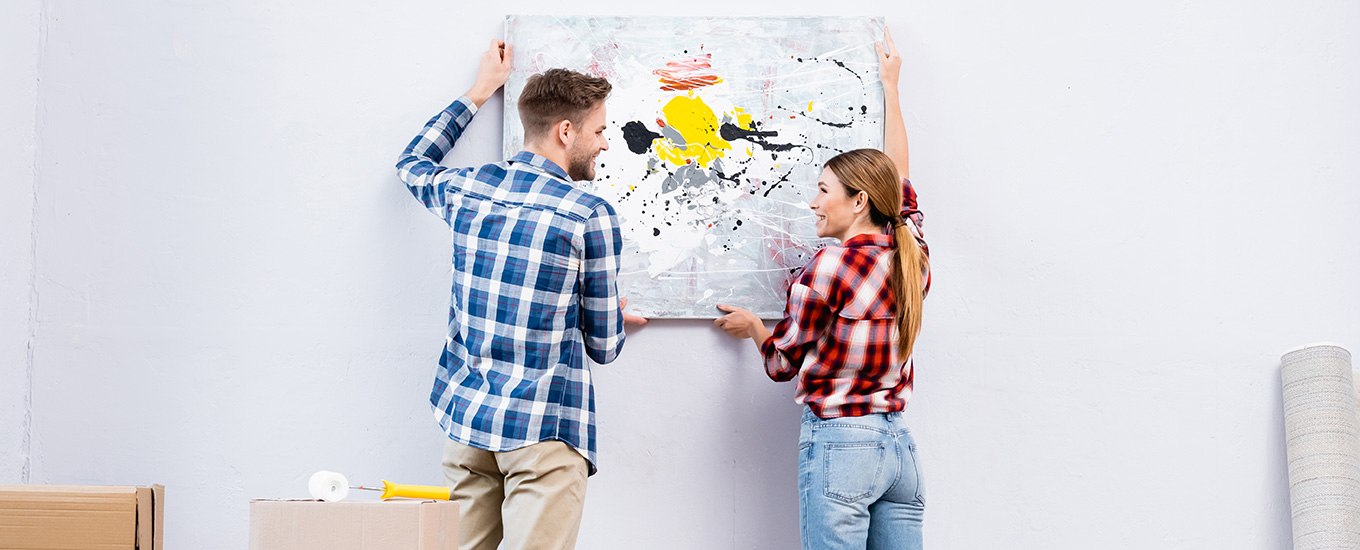
Rent storage space for renovations
Lager.de Berlin Spandau
A renovation - as beautiful as the result is in the end - usually demands a lot from you. This is the case with all types of renovations or restorations. Today's topic, however, is house or flat renovations and what you need to bear in mind. And what role self-storage can play in this...
Self-storage is a place where you can rent individual storage units and therefore storage space. At Lager.de, however, this is not as "normal" as you would expect from other self-storage providers. This is because the Lager.de storage park for renting storage space is outdoors. This has no disadvantages, but one particular advantage: the prices are cheaper than with conventional providers.
Of course, you can't move your flat or house all the time during a renovation. Some things, especially large and bulky ones, simply have to be removed. The self-storage offer for renting storage space from Lager.de is just the thing for this.
Here you can simply store all your things temporarily without them getting in the way. And who knows: maybe you want to have completely different things in your house or flat after the renovation.
In this case, you can simply leave the other things in the box and only deal with them again later.
Now let's move on to the tips for renovating. Please note that these are just tips and cannot be expected to be complete, as different things can be broken in different houses or flats.
However, the topics are usually roughly the same. These include repairing walls and laying pipes, painting and wallpapering walls, replacing tiles, repairing bathroom fittings and furniture, replacing joints, cutting, repairing and laying carpet, repairing floorboards and wooden stairs and painting window frames.
So let's move on to the first point - repairing walls and laying pipes. Here are our tips: Remove plugs, cotton wool for the wall, find the right plug, fill cracks and then expose cracks.
Because: Complete cracks must first be opened with a hammer and chisel down to the masonry, moistened with a sponge and only then filled with filler. Then you should mix the plaster compound, lay cables, buy a cheap wall milling machine and, very importantly, keep a distance when installing the sockets - 30 centimetres above the floor and 30 centimetres below the ceiling.
The light switches are at a height of around 105 centimetres. The electrical cables must then be laid, the cracks bridged and wall plaster without waves would also be advantageous. You should also make sure that you recognise live power cables. The cables then need to be knotted.
Now it's on to the next step: painting and wallpapering the walls. The tips: Decide on the choice of paint roller, assess the colour, check the substrate, protect the floor, use a telescopic pole, read in the paint sample, pre-treat the door frame, use a corner roller, ensure an even coat, get painter's tape, protect the heater, buy a paint scraper, bag the rollers, cover the corners, remove the thermostat, pick up any paint residue, pull a whipping cord for wallpaper, stick wallpaper with light penetration, pay attention to details on the first strip of wallpaper, cut in the edges on the wallpaper, ask ceiling helpers to assist with wallpapering, cut the wallpaper, eliminate dents in the wallpaper, take care of the wallpaper behind the radiator, measure the wallpaper, use the correct painting direction, calculate the amount of paint, paint the corners first, store the paint correctly, have the correct room temperature, use steel wool for soiling, avoid strong colour differences, prevent airborne dust from wet sheets and add up the material requirements for wallpaper.
As you can already see, there is a lot to do during a renovation and a lot to pay attention to. The only important thing is to make a plan in advance and not do everything in between, as otherwise there will be no end to the problems. No matter how long the renovation takes in the end - everything is in good hands at self-storage.
